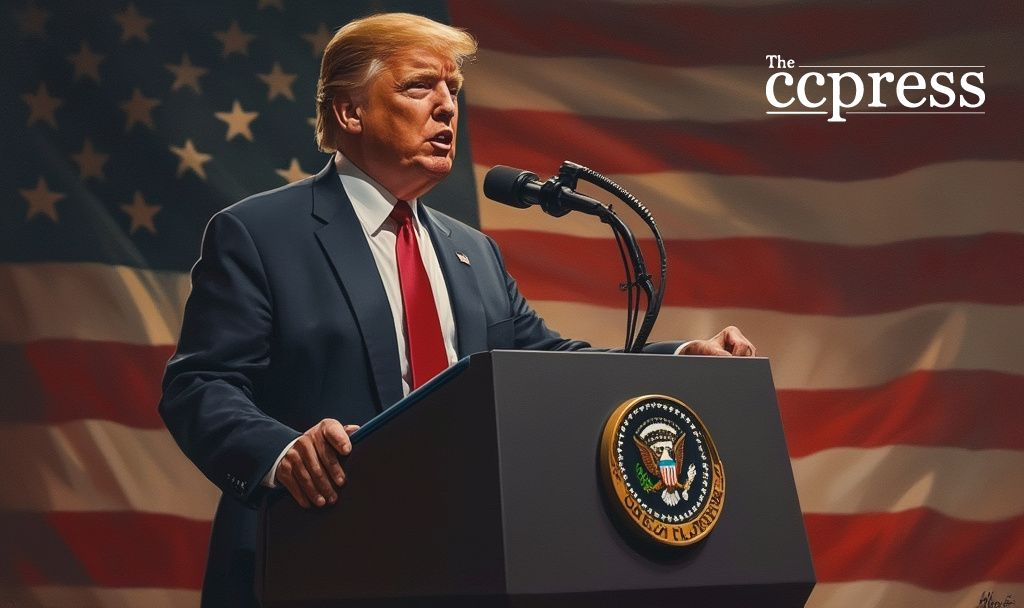- Focus on boosting U.S. manufacturing amid security concerns.
- Launch of Section 232 investigation underway.
- Potential disruption to global semiconductor supply chains.

This tariff initiative represents a pivotal move in U.S. trade policy, aiming to enhance domestic manufacturing and address security concerns while potentially disrupting global semiconductor markets.
President Trump’s upcoming announcement on semiconductor tariffs aims to bolster U.S. manufacturing. Integral to this strategy is a Section 232 investigation, which will assess the impact of imports on national security. This plan aligns with Trump’s previous economic strategies, emphasizing American interests.
“Tariffs are critical to protecting U.S. interests,” underscoring his authority under the International Emergency Economic Powers Act (IEEPA) to address trade deficits. — Donald Trump, President, United States
Key players include President Trump and the Commerce Department. Under this plan, the U.S. will evaluate whether semiconductor imports endanger national security. Previous measures saw exemptions on specific tech sectors to avoid critical disruptions.
The semiconductor tariffs may disrupt global supplies and affect key producers like Taiwan, South Korea, and Japan, which dominate semiconductor production essential for tech sectors. Such disruptions could also impact cryptocurrencies, reliant on semiconductor technologies.
Past tariff strategies under Trump escalated domestic production but prompted foreign retaliation. This new initiative could follow similar patterns, impacting cryptocurrency markets. Cryptocurrency assets have shown resilience, though susceptible to tech supply chain shifts.
Insights suggest that the tariffs could reshape financial, regulatory, and technological landscapes. Historical data indicate a mixed economic impact, with some sectors benefiting from reduced foreign dependence. Such moves often cause regulatory changes, affecting global and domestic markets alike.


























